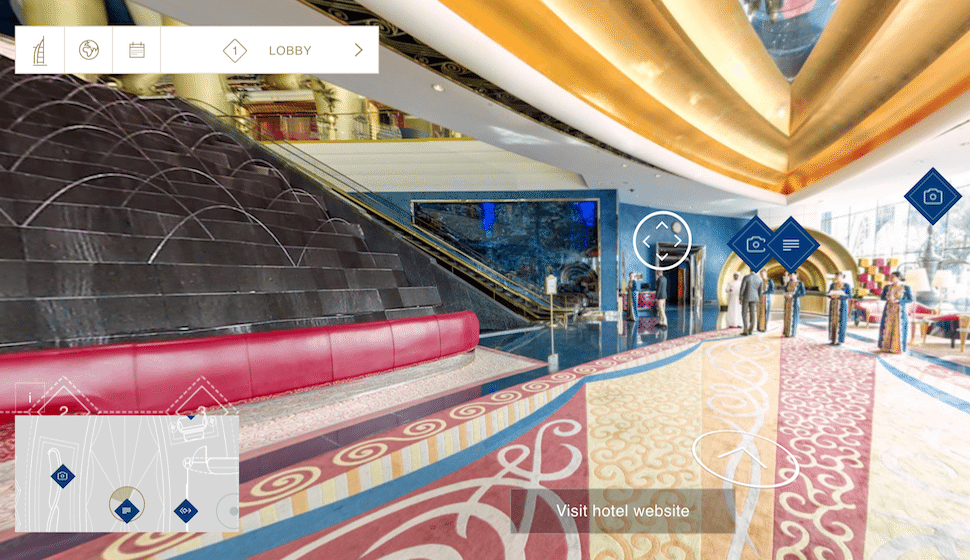Skift Take
We're still in the early days of 360-degree video but consumers who have tried it out are excited to try more. This video format could help keep brands more honest in their marketing and help travelers manage their expectations.
Travel brands in 2017 have more tools than they did a year ago to give travelers a preview of what to expect. While most travelers haven’t tried 360-degree or virtual reality videos, many say they have an open mind about their being useful in the trip-planning process.
That’s according to a survey from digital advertising company YuMe, which asked more than 800 U.S. consumers online in August 2016 for their thoughts on a variety of immersive video formats including 360-degree video. Respondents were ages 18 to 54 with some 39 percent, 36 percent and 26 percent of respondents identifying as millennial (ages 20-35), Gen X (ages 35-50) and Baby Boomer (ages 50-plus), respectively. About 86 percent of respondents said they had heard of either 360-degree video, virtual reality, or augmented reality, but less than one-third have experienced any of these video formats.
Virtual reality was a buzz word with travel brands throughout 2016 but as this data show many consumers have yet to adopt this technology. That’s led some brands to instead focus their efforts on creating 360-degree videos that travelers can view for free on their devices; these don’t require virtual reality headsets, which are often still costly.
Airbnb is one of the most recent examples of a brand deploying this strategy as it rolled out 360-degree live videos on Twitter earlier this month. Facebook debuted 360-degree videos in September 2015.
Other companies that have given travelers a 360-degree view of their trip during the past year include Jumeirah Hotels and Resorts, Tourism Australia, Visit St. Pete/Clearwater, Google Maps and The Tourism Authority of Thailand.
It’s still difficult to measure how much influence 360-degree videos, particularly those created by destination marketing organizations, have on travelers, but the video format intrigues many travelers. Nearly half of respondents said they’d be interested in previewing a resort or cruise before check-in or embarkation, for example, and half also said they’d use it to “discover dangerous parts of the world.”
Respondents also said they’d be more likely than not to pay attention to videos that are in 360-degree format and would be more likely to engage with 360-degree ads. With many brands trumpeting that they see higher engagement with video campaigns than campaigns with no video element, the prospect of even more engagement with this video format seems likely. When using 360-degree video, travelers control the experience and can explore the video at their own pace to help them feel confident that they would get what they are considering paying for.
Chart 1: Fewer than half of U.S. consumers have heard of virtual reality and only 31 percent have heard of 360-degree video. Even smaller percentages have engaged with videos in these formats, though that will likely change as more brands create this kind of content. This data consider all generations and although the survey doesn’t offer a breakdown, one generation could be more familiar with 360-degree video than another and other non-U.S. markets could be more or less familiar with these technologies.
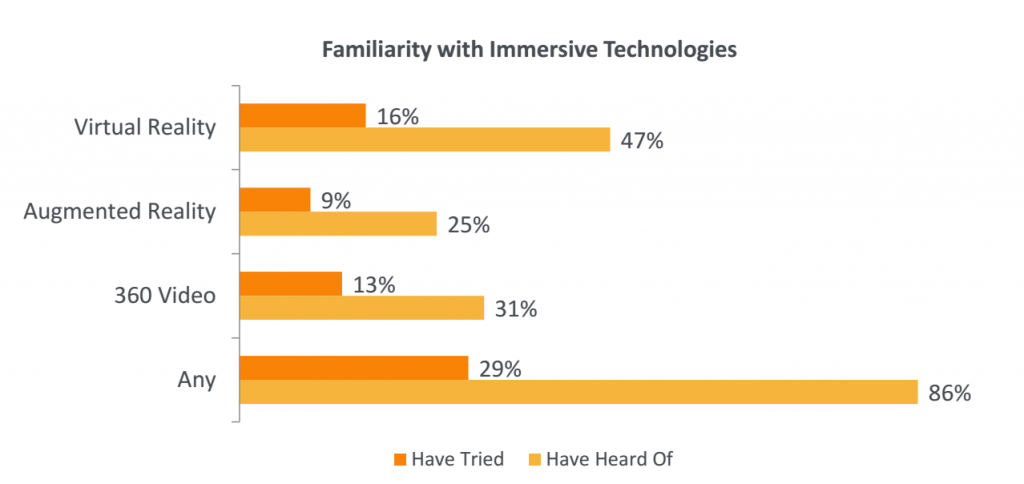
Chart 2: Nearly half of respondents said they’d use virtual reality for “previewing a resort or cruise,” one of the most popular use cases that respondents expressed interest in.
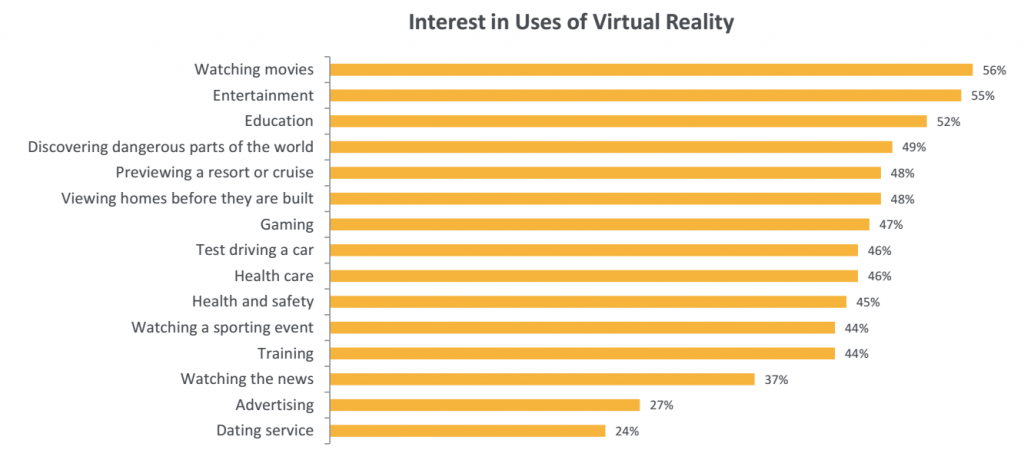
Chart 3: The largest percentage of respondents (41 percent) want brands to offer virtual reality and 360-degree video experiences so that consumers can demo a product before they make a purchase.
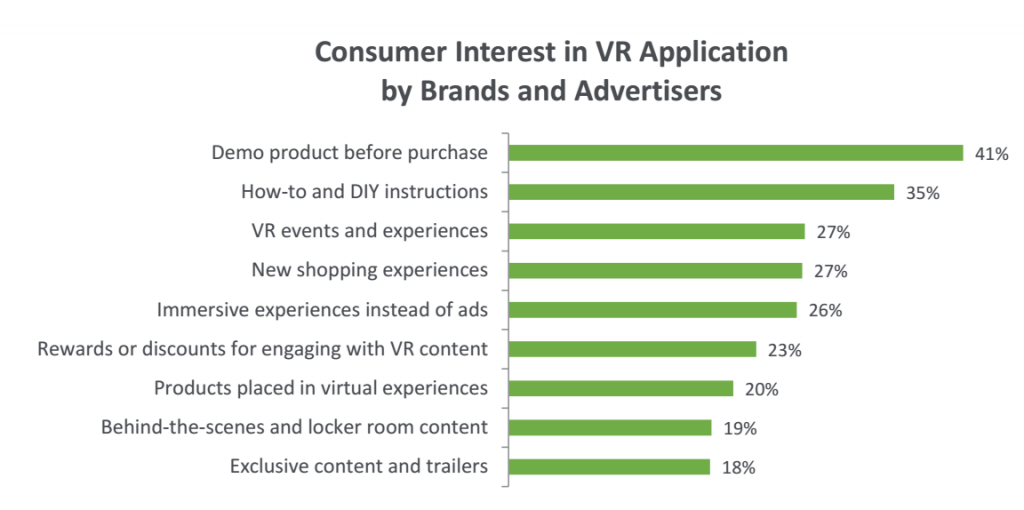
Chart 4: Good news for virtual reality and 360-degree videos: Consumers who have tried them have more positive views of the technology than those who haven’t used them.
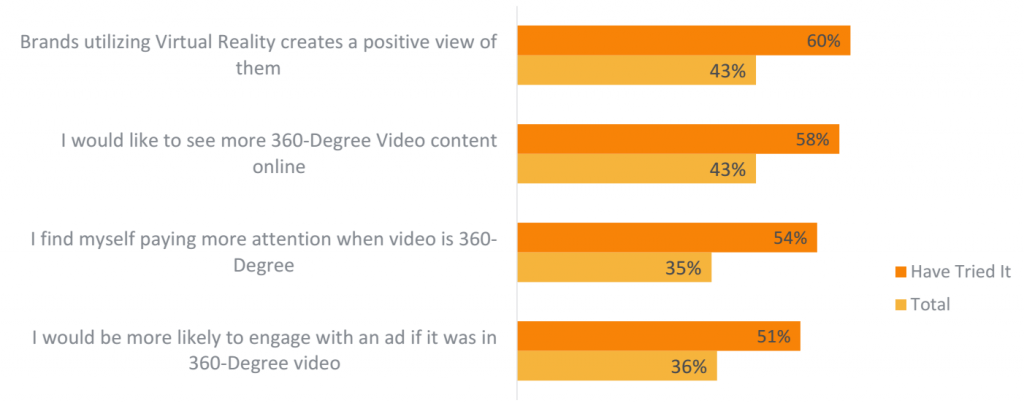
Chart 5: What’s interesting here is that more than one-third of respondents said they’d be more likely to pay greater attention to a video and more likely to engage with an ad that was in 360-degree video format.
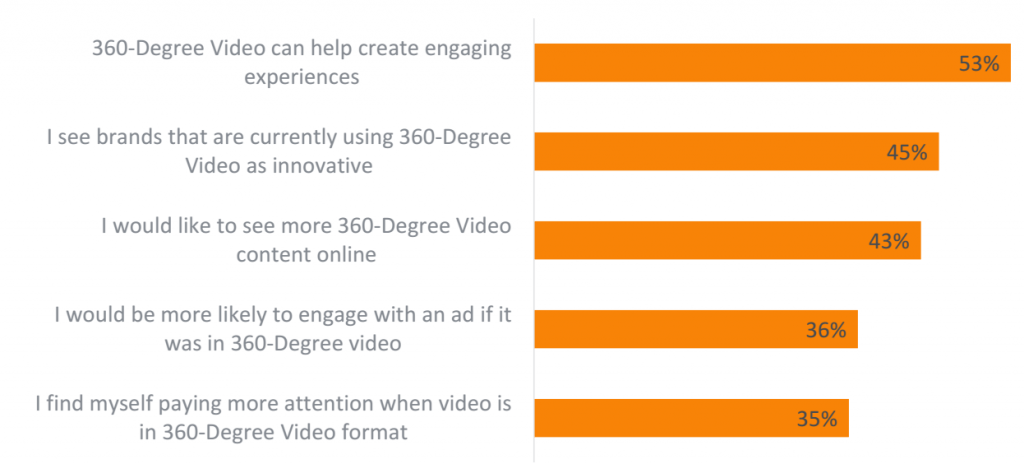
Source: YuMe
The Daily Newsletter
Our daily coverage of the global travel industry. Written by editors and analysts from across Skift’s brands.
Have a confidential tip for Skift? Get in touch
Tags: facebook, video, virtual reality
Photo credit: U.S. consumers who have tried 360-degree video have more favorable opinions of it than people who haven't. Pictured is a still from a 360-degree view of the lobby of the Burj Al Arab Jumeirah in Dubai. Jumeirah Hotels and Resorts
